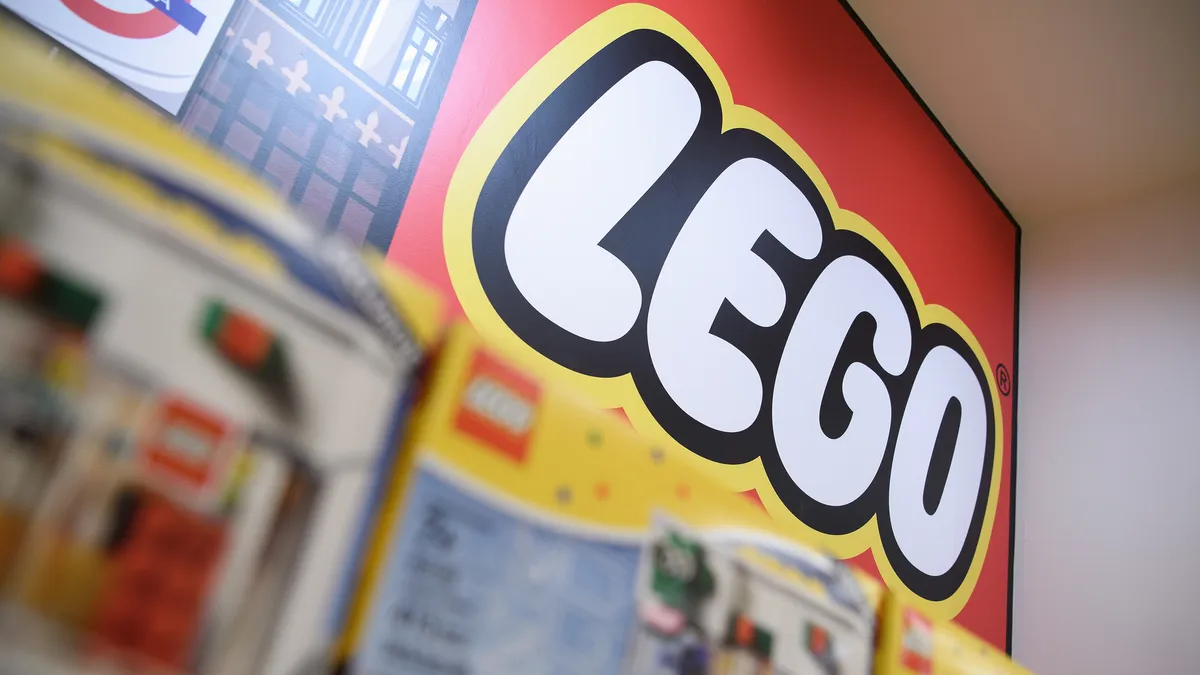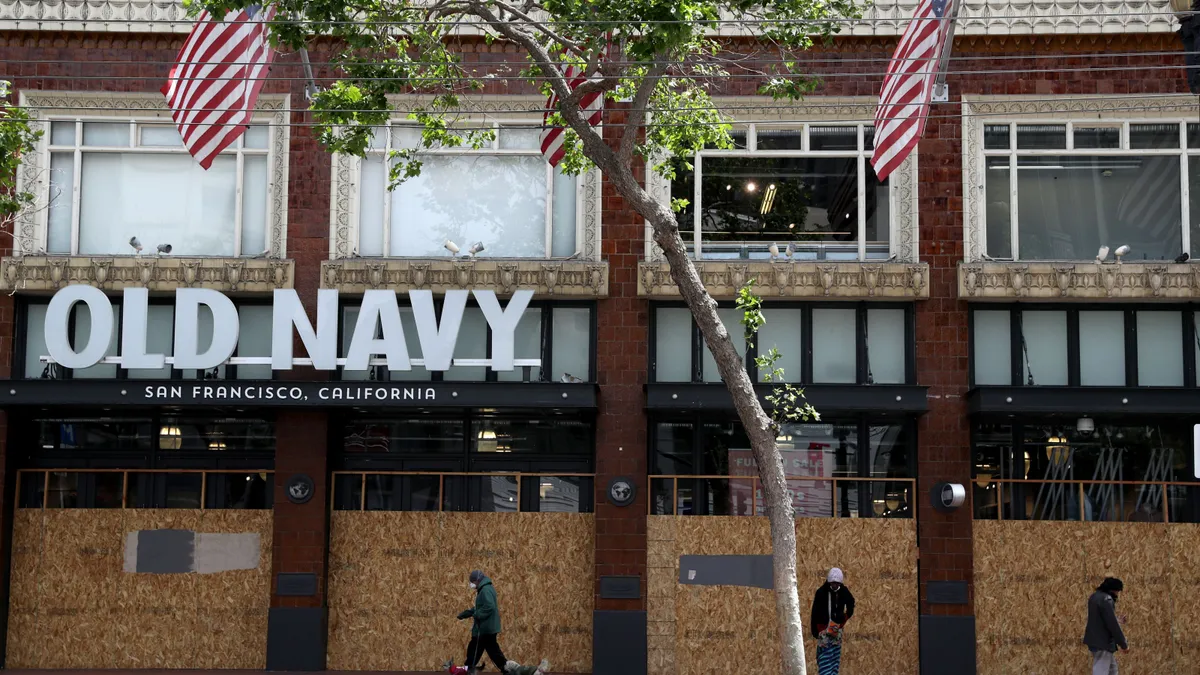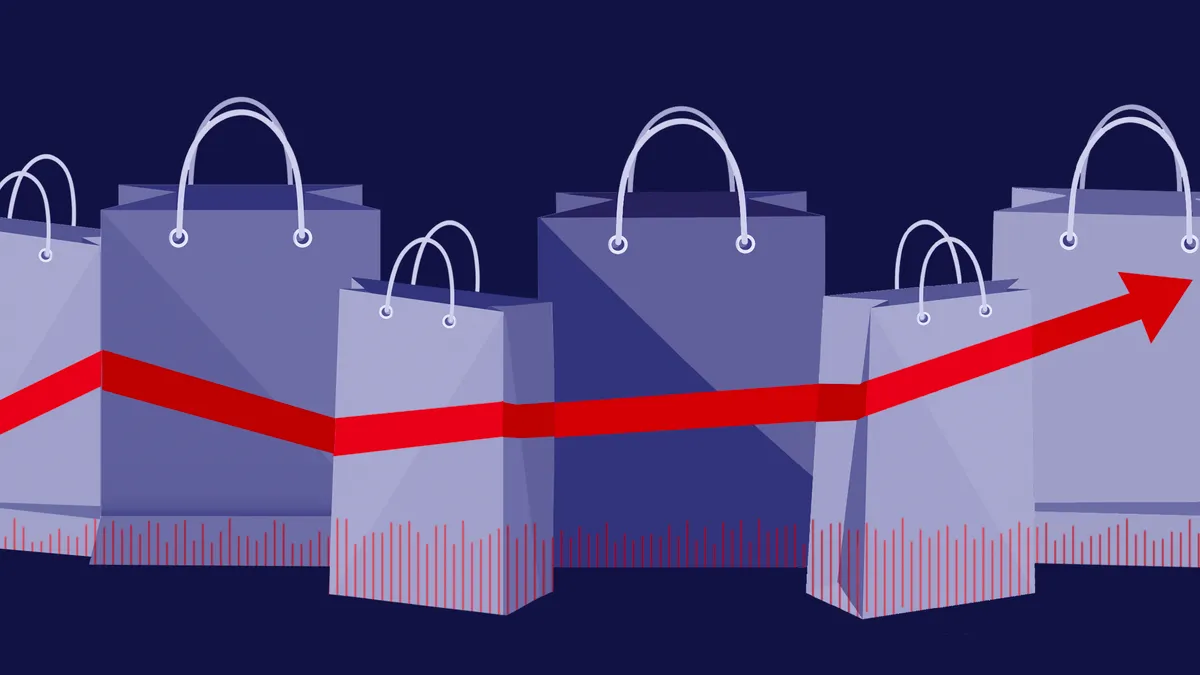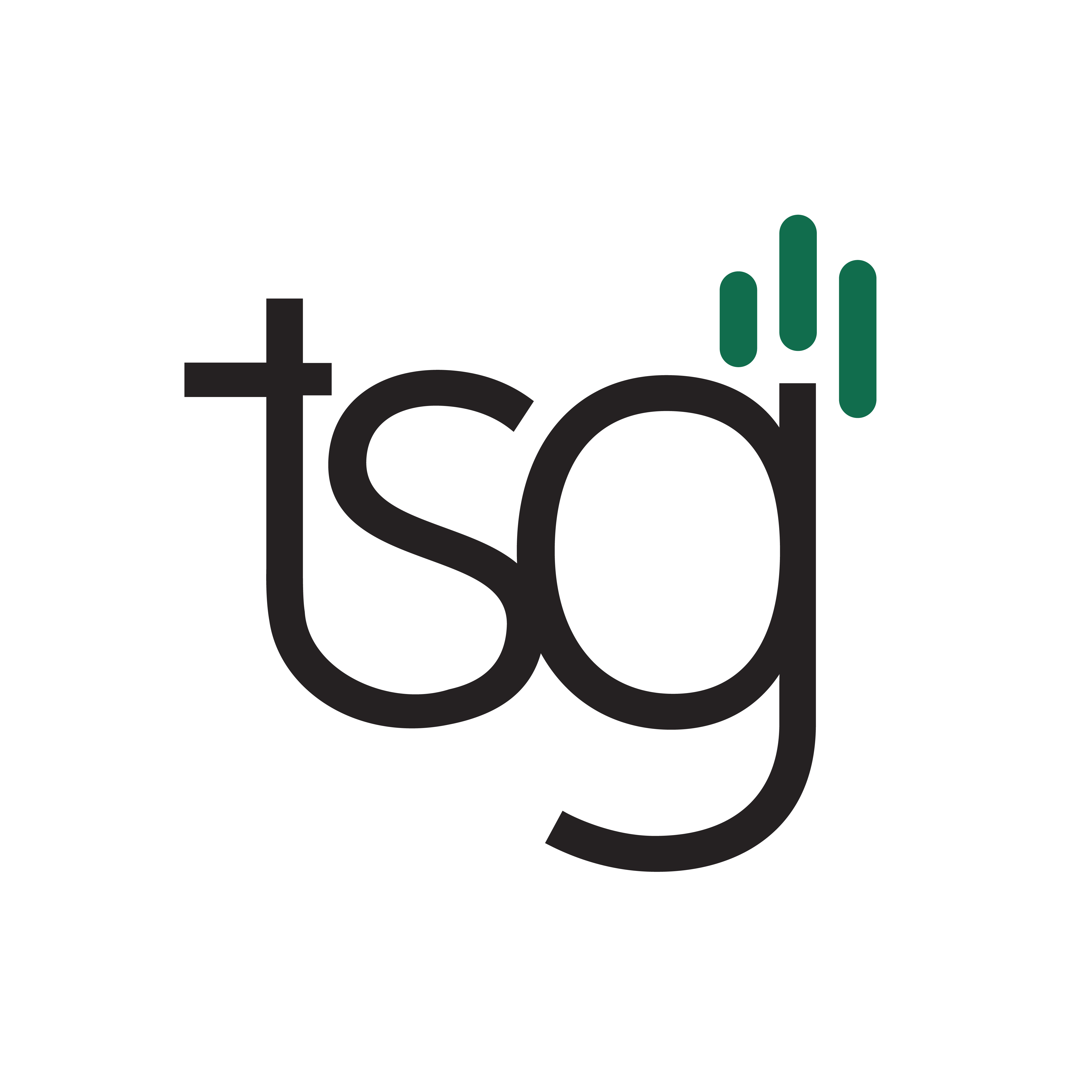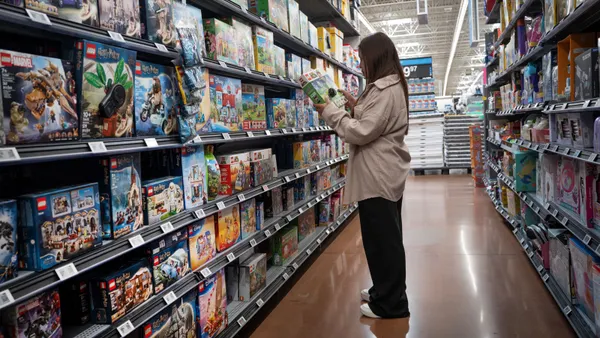Dive Brief:
- In the first half of 2025, U.S. toy sales rose 6% year over year, and units sold grew 3%, according to a recent Circana report. After three consecutive years of flat average selling prices, that metric increased 3% in the first half.
- While adults drove an 18% jump in toy sales from the previous year, children ages 9 to 11 and 12 to 17 saw sales increases of 9% and 6%, respectively, Circana found.
- Among the categories that saw the most growth were puzzles and games (39%), explorative toys (19%), youth electronics (9%), action figures (8%) and building sets (7%), per the report. Seven of the 11 toy categories Circana tracks posted growth in the period.
Dive Insight:
So far this year, adults have propelled growth in toy sales. A previous Circana report found that between January and April this year, U.S. toy sales were up 6% from a year prior, and units grew 3% year over year. Those metrics stayed steady through the first half of the year.
Growth is not limited to the U.S. A Circana report published Monday showed toy sales growth across all the countries Circana tracks, a rare occurrence.
“The surge in sales can largely be attributed to consumers aged over 12-years-old, who have shown unprecedented growth and are consistently outperforming traditional kids' trends,” Frédérique Tutt, global toys industry adviser at Circana, said in a statement. “Products such as building sets, trading cards, games, plush toys, and collectibles are seeing increased demand from both teens and adults.”
Adult interest in toys comes as companies like Lego and Build-A-Bear have catered increasingly to adults in addition to children. One toy brand has also become a sensation among Gen Zers lately: Labubu. Donned by celebrities like Lisa of Blackpink, Dua Lipa and Cher, the Pop Mart toy has skyrocketed in popularity. One rare version of the trendy doll sold for more than $150,000 at auction.
Toy industry growth comes as retailers are navigating the impact of tariffs ahead of the holiday season, a critical time for the toy industry in particular. President Donald Trump’s trade war, particularly his focus on China, is a threat to the toy industry, given that nearly eight in 10 toys imported to the U.S. come from China.
“The toy industry is showing strength during this period as consumers are holding their breath and waiting for higher prices to kick in,” Juli Lennett, vice president and toy industry adviser at Circana, said in a press release. “This resilience is especially important as we set our sights on the holiday season and what categories are critical for the consumer to bring joy to their loved ones.”
Mattel, at least, is trying to keep price increases to a minimum. The toy manufacturer in July said it would keep roughly half of its toys in the U.S. market priced below $20. The company saw net sales dip 6% in Q2 to a little more than $1 billion. Hasbro’s revenue dropped 1% in the same period to nearly $981 million, and the company laid off about 150 employees a few weeks earlier, amounting to 3% of its workforce.


